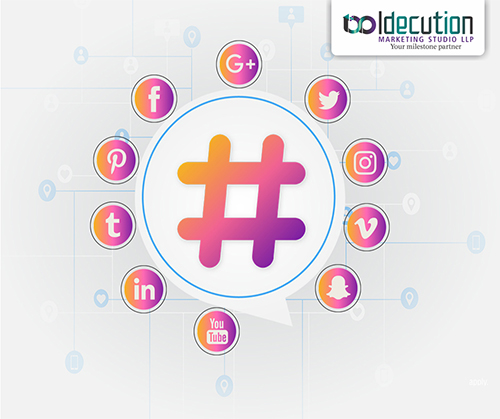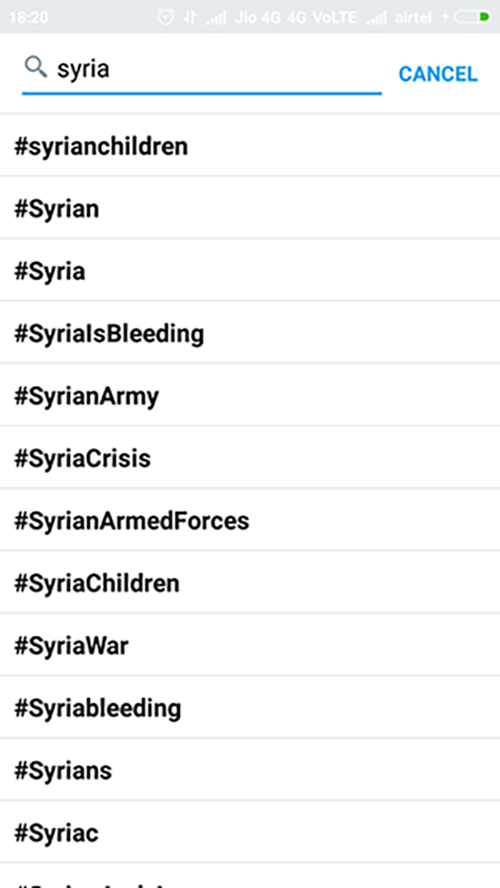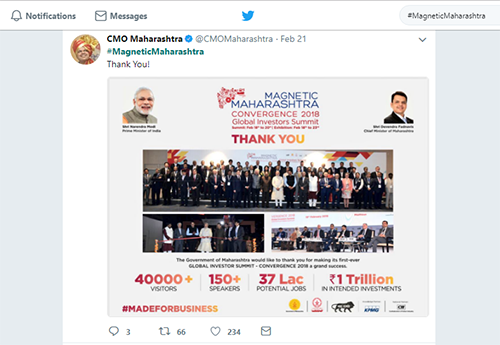
Cracking The Hashtag Code For Social Media Channels
Hashtags (#s) are arguably the most critical aspect of any written post or the caption of an image on social media. It allows one to draw attention to a specific or a trending topic of discussion. Interestingly, there could be certain #s that are temporary and have a very short shelf life; whereas some others are used longer for conversations on social channels. Hashtags have become kind of mandatory for social media content and set the benchmark for the quality of content posted.
More often than not, all of these conversations happen through the small screens of smartphones or tablets and due to the limited screen space of digital devices, chances of making a typo are high. This has resulted in increasing cases of mistyped or incorrectly used hashtags on several posts, even otherwise good posts. It is human to err, but then the whole purpose of using # and expressing on social networking sites is defeated if content is written incorrectly. Usually, social media professionals and copy writers work on desktops or laptops but at times, the 5-6 inch screen of a smartphone could come to the rescue when one wants to engage, post or interact. It then becomes slightly discomforting to type accurately on such a small screen and the limited space available for the keypad.
Having said that, there can be no excuse to not making a perfect copy for social media posts, or not writing the perfect piece of content for ad copies, articles, blogs, captions or any other content published digitally. It is evident that on all these spaces, content rules the roost. The only way is to be mindful and watchful of what you write and type on the web.
Why do we need to use #
Google optimization:
Hashtags facilitate search and indexing on that particular social media network for written content.
What’s trending:
A hashtag tells you how many people on the web are talking about a certain topic on that particular network/medium. There are a few known websites to assess trending hashtags and their popularity on the web, based on which one may choose content for their relevance. *Fortunately, thanks to AI (Artificial Intelligence) programs running on social media platforms, once you begin typing something with a #, it automatically shows you the most recently used and most trending hashtag words.
Use case:
Suppose you are attending an event like a seminar or a conference. You can find details about the event using hashtags such as the speaker’s name, directions, venue details, organizer details, key quotes from a session you have missed, what’s happening at a parallel session, build engagement with the audiences, and so on.
You could also use location based keywords on Twitter to address to local bodies or authorities to highlight a social cause; use the # to find the official handle/s of certain important people or important government bodies for instance.
Content based community:
Hashtags are used to identify concerns and issues or a common topic that is already in discussion over the web; and it allows complete strangers to join in and connect with each other. This results in building not only substantial content on the internet but also building communities through these discussions.
* These are a few suggested websites for reference:
Hashtags.org, trendsmap.com and ritetag.com.
To Know about the dos and don'ts of writing hashtags in the caption and creative copy for social media, read our next blog post.





